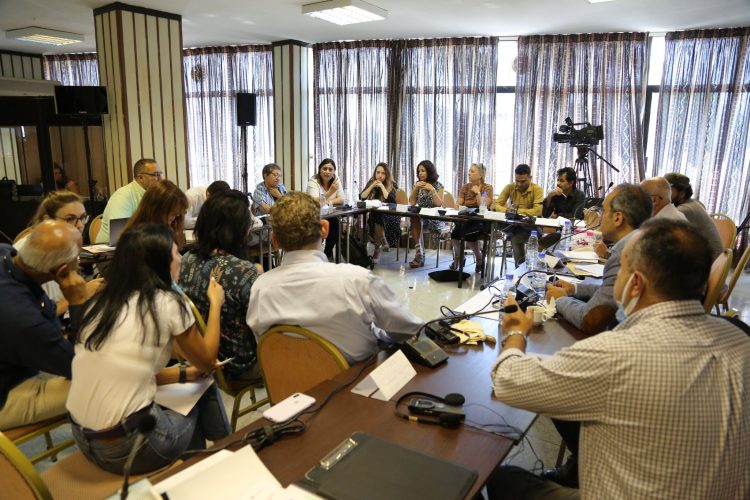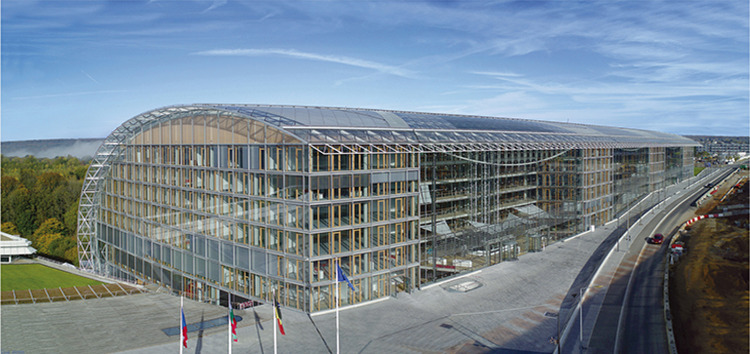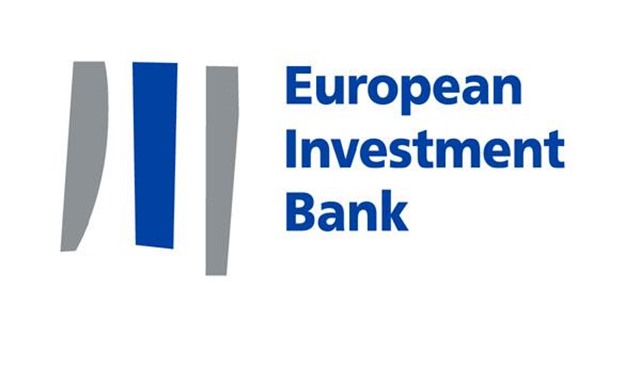EIB
EIB is a publicly owned international financial institution whose shareholders are the European Union member states. It is considered the lending arm of the European Union. And thus has special relations with other EU institutions and is under the jurisdiction of the Court of Justice of the European Union.
When was it established?
The European Investment Bank was founded in 1958 under the Treaty of Rome. It was established to further EU policy objectives using financing operations. The EIB’s headquarters is currently based in Luxembourg.
What is the EIB’s mission?
The EIB aims to foster European integration, promote the development of the EU and support EU policies in over 140 countries around the world. It has also recently been focused on climate and environmental sustainability by supporting the European Green Deal and contributing to the achievement of the UN Sustainable Development Goals (SDGs).
How is it different than the EBRD (European Bank for Reconstruction and Development)?
While the aim of the EIB is to promote the EU strategic interests, the EBRD’s mission is to eradicate poverty. The shareholders of the EIB are the European Union of member states while the shareholders of the EBRD are not only European states, but also include other developed and developing countries. The EIB can be considered an institution withing the European Union, while the EBRD is independent of the EU and thus is not under the jurisdiction of its Court of Justice.
Who runs the EIB?
Board of Governors:
The Board of Governors comprises Ministers designated by each of the 27 EU Member States (shareholders), usually Finance Ministers.
It lays down credit policy guidelines, approves the annual accounts and balance sheet, and decides on the Bank’s participation in financing operations outside the European Union as well as on capital increases. It also appoints the members of the Board of Directors, the Management Committee and the Audit Committee.
Board of Directors:
The Board of Directors has sole power to take decisions in respect of loans, guarantees and borrowings. As well as seeing that the Bank is properly run. It ensures that the Bank is managed in keeping with the provisions of the Treaty and the Statute and with the general directives laid down by the Governors.
The Board of Directors shall consist of 28 directors. They are appointed by the Governors for a renewable period of five years. One director is nominated by each Member State and one by the Commission.
The Management Committee:
The Management Committee is the Bank’s permanent collegiate executive body. It has nine members. Under the authority of the President and the supervision of the Board of Directors, it oversees the day-to-day running of the EIB, prepares decisions for Directors and ensures that they are implemented.
Control, evaluation and compliance:
There are a number of mechanisms and committees that are independent of the management and thus report directly to the Board of Director. One of those mechanism is the:
The Complaints Mechanism is EIB’s accountability mechanism that investigate complaints to ensure the EIB Group complies with its internal policies and procedures and to propose corrective actions when this does not take place.
EIB in the MENA region
Two major trends in EIB investments in the region: clean energy because the EU has to meet its Kyoto commitments to get its energy needs from renewable sources, and jobs creation because the EU wants to address the problem of illegal youth immigrants coming to its shores from the southern Mediterranean countries.





